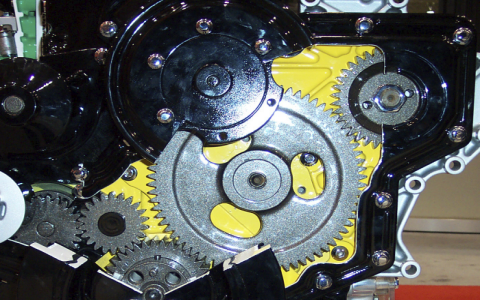The 3.5L Impala belt diagram visually maps the precise routing path the serpentine belt must follow around the various engine pulleys (crankshaft, alternator, power steering pump, A/C compressor, water pump, tensioner). Reading it accurately is essential for correct installation.
How to Read the Serpentine Belt Diagram
- Identify the Automatic Tensioner: Locate the pulley mounted on a spring-loaded arm – this is the tensioner. It’s usually marked with an arrow indicating the direction to pivot it for belt slack.
- Find Fixed Anchor Points: Identify pulleys bolted directly to the engine block or accessory brackets (no movement). The crankshaft pulley (largest, bottom center) is the primary driver.
- Trace the Belt Path: Follow the diagram line-by-line:
- Note where the belt rides inside a pulley groove (often shown as the pulley shaded or filled) vs. the smooth backside contacting a flat idler pulley.
- Observe the exact sequence wrapping each pulley. Skipping one pulley or routing the belt incorrectly leads to failure.
- Understand Pulley Labels: Diagrams typically use standard abbreviations:
- CRK (Crankshaft)
- ALT (Alternator)
- PS (Power Steering Pump)
- AC (Air Conditioning Compressor)
- WP (Water Pump)
- TEN (Automatic Tensioner)
- IDL (Idler Pulley - smooth)
- Layout Patterns: Belts typically route in simple loops or multi-ribbed "serpentine" paths. The 3.5L often uses a relatively straightforward layout.
Key Tips
- Apply Diagram to Your Engine Bay: Compare the diagram directly to your engine before removing the old belt. Take a photo or draw a sketch if needed.
- Tensioner Direction: Double-check the direction to move the tensioner (shown by the arrow) for release. Pivot it the wrong way can damage it.
- Verify Before Starting: After installation, manually rotate the engine 2 full turns using a wrench on the crankshaft bolt to ensure the belt seats correctly on all pulleys and doesn't jump off. Visually reconfirm routing matches the diagram.

